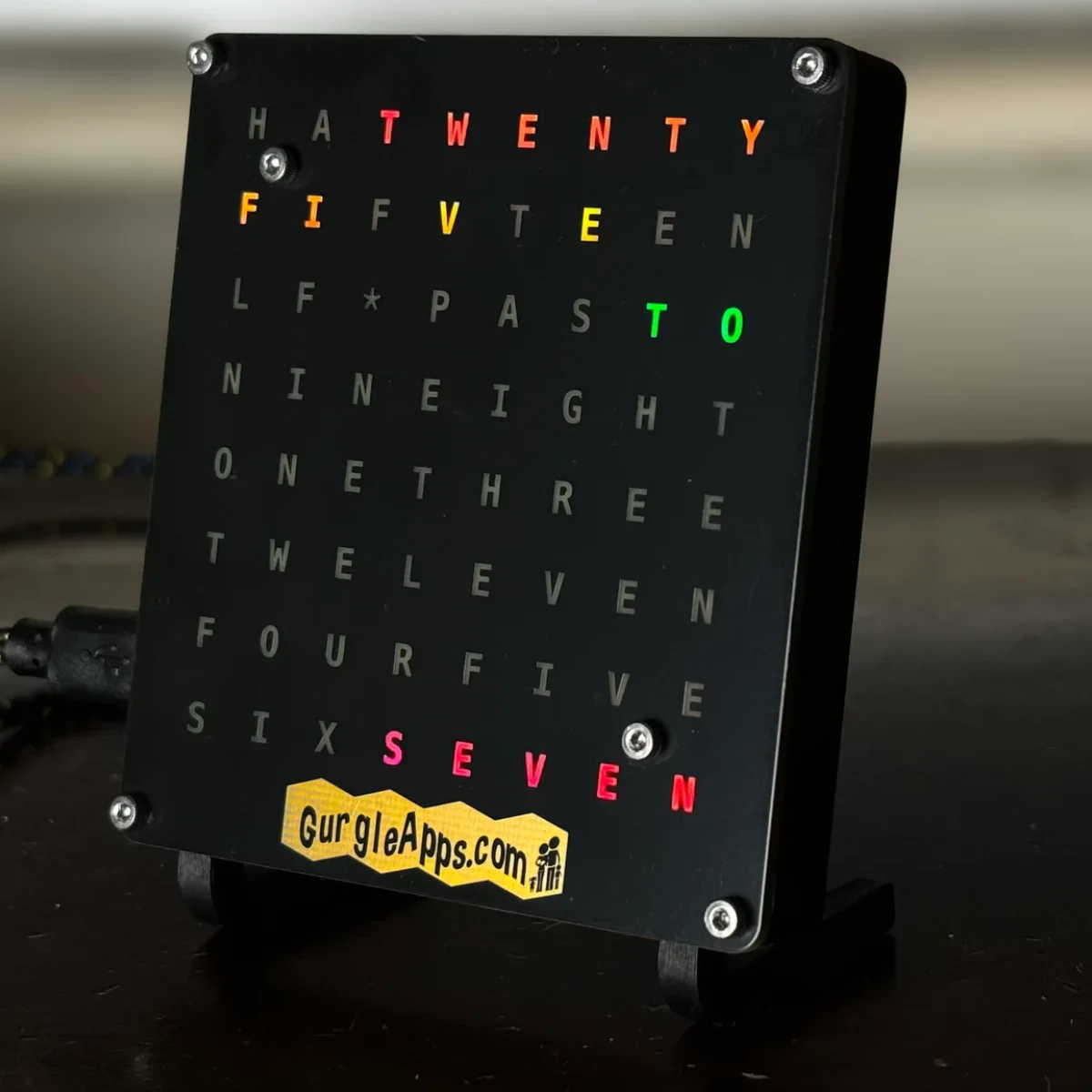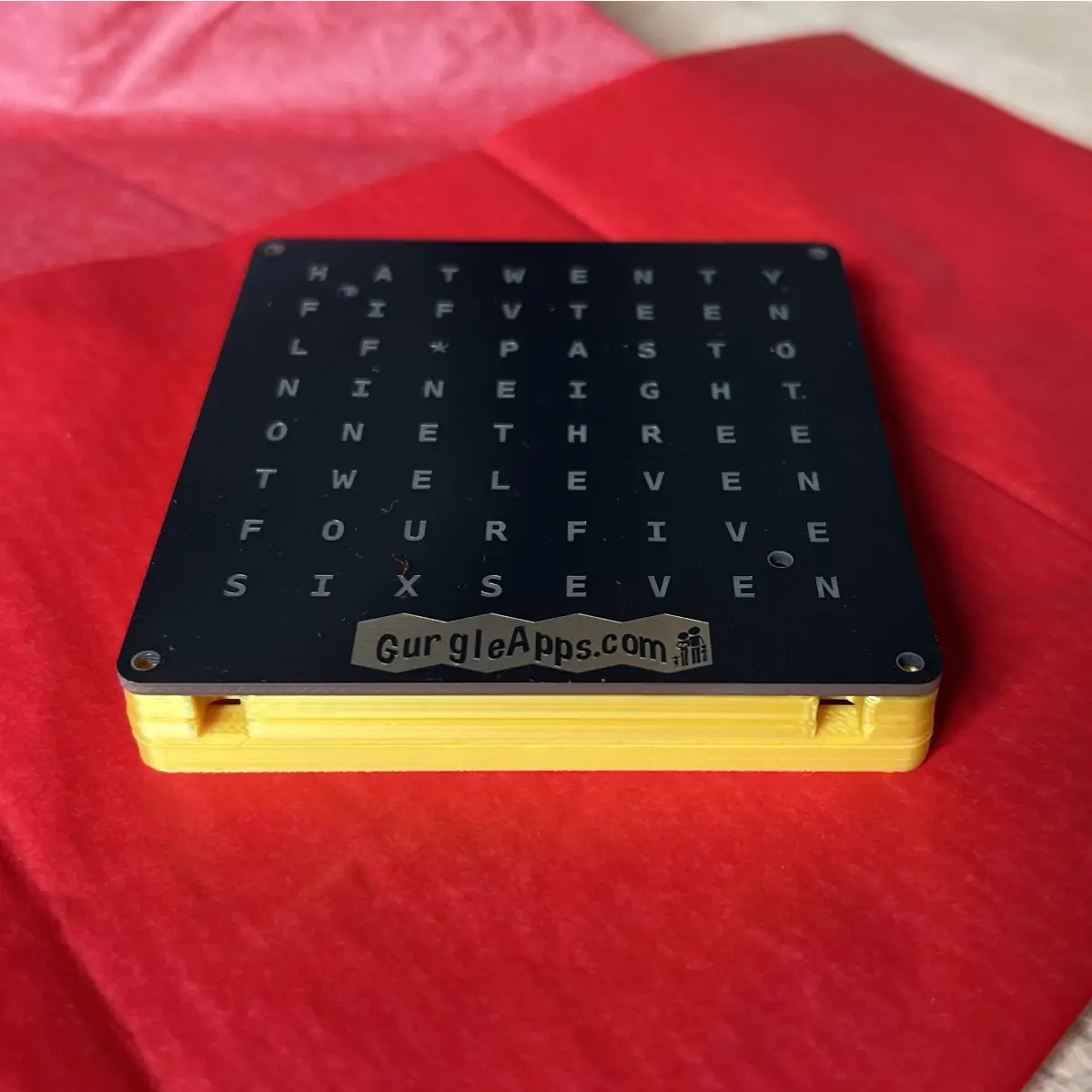raspberry pi
Raspberry Pi Get 1.5GHz to 1.8GHz Clock Speed Boost with Bullseye
If you have a Raspberry Pi 4 you many find more than a notifications, a snazzy new window manager, and GTK+3 when you upgrade to Raspberry Pi OS on Debian 11 (Bullseye).
Overview
The Raspberry Pi 400 default turbo-mode clock was 1.8GHz a 20 percent increase from 1.5GHz for the regular Raspberry Pi 4.
With the release of Raspberry Pi OS on Debian Bullseye your Raspberry Pi 4 will get the same default turbo boost if you have one of the more recent models.
If not you can still get the speed boost, we'll explain how.
Video
Which version do I have?
Between your USB socket and HDMI socket there is a triangle of 3 black components on the newer models. Supposedly if you have the 3 components you have the newer version.
We had a Raspberry Pi 4 with these, and one without but both turned out to be older models. You can look at the writing on your chip or run a shell command to check your revision. You are looking for a C01 at the end rather than B01.
Check your revision with the following.
cat /proc/cpuinfo
Overclocking
If yours is the older version you can get the boost by overclocking, or even if you get the boost you can overclock and get more.
To overclock edit the config.txt file and add this line:
arm_freq=1800
It may be an idea to step up in small increments perhaps 25MHz a time and see if the system is stable. It will depend on all sorts of factors like the physical environment and case you are using.
If you go too far simply dial back a little.
Check Live Clock Speed
Open a shell and type the command below to see your clock speed. Open a youtube video to stress your processor and see the boost. I've heard this is a great channel
watch -n 1 vcgencmd measure_clock arm
More Tips
Any problems then try updating your firmware.
You can go faster if you have good cooling.
More handy changes to config.txt
initial_turbo=60 # max speed for 60 secs for boot
dtoverlay=disable-wifi # disable wifi if you're not going to need it
dtoverlay=disable-bt # disable Bluetooth if you don't need it to save resources
hdmi_enable_4kp60=1 # enables 4K mode
arm_freq_min=100 # reduce minimum speed if it will be idle often
gpu_freq=900 # Set GPU frequency


